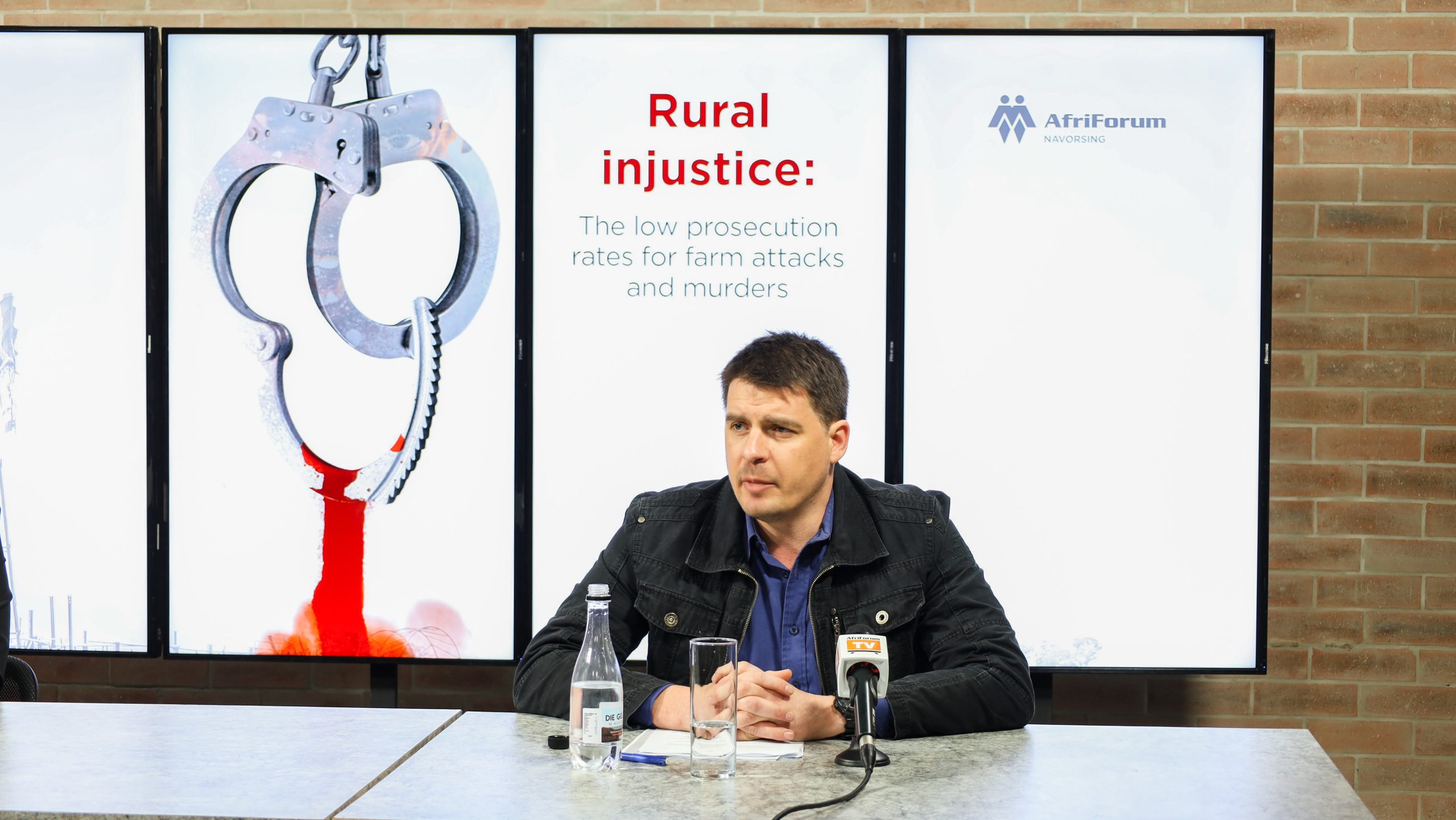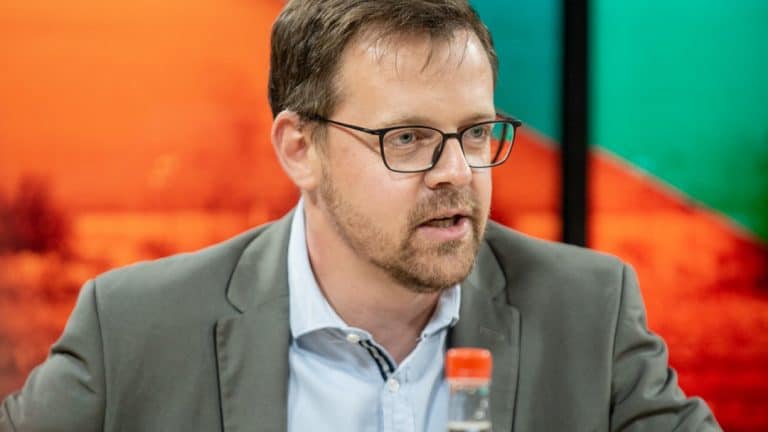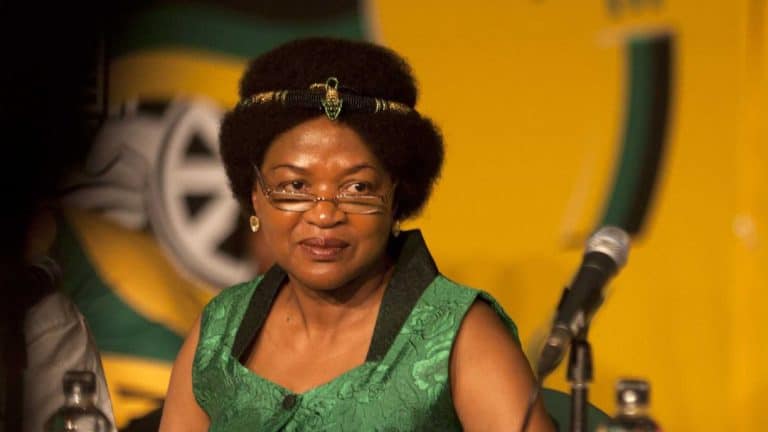Broken fences
by Johan Nortjé
The existence of borders is a contested issue. For refugees escaping persecution or economic despair, a border serves as more than just a geographical demarcation – it represents a Rubicon, a critical point that could lead to a life of greater freedom and opportunity. On the other hand, some people see borders as relics of colonialism, arbitrary lines etched on the map that have lasting implications but no intrinsic meaning. Those on the more conservative end of the political spectrum see borders as an essential demarcation of a nation’s own identity, while globalists might consider borders as an impediment to people’s right to free movement. The British political commentator Douglas Murray once noted that in the Middle East borders are considered as an essential precursor to peace, while in parts of Europe borders are rather seen as an obstacle to peace.
Whatever your feelings on the matter, the fact remains that the South African borders are in a dire state. A 2018 Democratic Alliance (DA) border tour found that poor training of border staff, lack of technology and infrastructure to monitor and intercept illegal crossings, and poor departmental cooperation are the main reasons for border issues. More recently, civil rights organisation AfriForum exposed the levels of cross-border crime and the lack of border control along South Africa’s borders with Mozambique, Zimbabwe and Lesotho.
Understanding the enormity of safeguarding South Africa’s borders is necessary to appreciate South Africa’s, and indeed Africa’s, geographical depth and size. Just as countries can be blessed or cursed with natural resources, so too countries can find themselves winning the geological lottery or be at the mercy of the contours of its land. As the British foreign affairs journalist Tim Marshall said Africa is truly a prisoner of its geography. According to Marshall, despite its beautiful coastlines and legendary rivers, African countries have been dealt a difficult hand when it comes to being able to use these waterways for commercial gain. When it comes to land borders, South Africa has a boundary that stretches about 4 470 km, a distance that is marginally longer than the border between the US and Mexico.
Border control and security challenges facing modern-day South Africa must be understood through the prism of a policy shift between pre-1994 and post-1994 security, ideological and socioeconomic realities. Prof Abel Esterhuyse, a military expert from Stellenbosch University, contends that South Africa leaned towards “hardened borders” as its principal strategy for border security prior to 1994, necessitating a stronger military presence along its boundaries. This hardened border philosophy was born out of the notion that South Africa was confronted by the threat posed by hostile neighbours and internal security issues against the backdrop of the Cold War. In contrast, after 1994, as Esterhuyse states, the emphasis moved away from “hard borders” to “soft borders” which is characterised by the philosophy that Africa no longer posed an existential threat and that border security, rather than being the responsibility of the military, should be administrated by the police and civilian agencies, which emphasised a cooperative approach to security.
However, in his influential 1994 work The coming anarchy, the American author Robert Kaplan challenged the notion that the end of the Cold War would usher in an era of peace. Instead, he argued that we would see increasing instability due to the weakening central power of nation-states. Kaplan stated that environmental degradation, increased criminal activity, overpopulation and a lack of resources are all contributing to this anarchy and the local crisis would easily spill over borders.
In South Africa, the ripple effects of regional instability led to a rise in illegal immigration and various forms of cross-border crime, such as human trafficking and the illegal trade of narcotics, weapons, explosives and wildlife. Several of the most notorious land border posts identified as problem areas are Beitbridge, Lebombo, Oshoek, Makhaleng Bridge and Sepapus Gate, posts situated on South Africa’s borders with Zimbabwe, Mozambique, Lesotho and Eswatini. While no border post is immune to the illicit trade, some border posts see more of a certain type of crime or are more prone to criminal activity.
According to the Department of Home Affairs (DHA) typical pathways for stolen vehicles encompass the eastern border of South Africa, running between KwaZulu-Natal and Mozambique, and the northern border shared by Limpopo and Zimbabwe. On the other hand, incidents of stock theft tend to be more concentrated around the border separating the Free State and Lesotho.
Neither the South African National Defence Force (SANDF) or the South African Police Service (SAPS) or agencies such as the DHA have in the past managed to secure South Africa’s borders, which in part prompted the recent establishment of a single agency to secure South Africa’s border, namely the Border Management Authority (BMA).
The BMA website leaves much to be desired, with non-existing links and password protected newsletters. Nevertheless, according to information provided by the BMA to AfriForum, the agency apprehended a total of 947 suspects from July 2022 to April 2023. Additionally, 45 vehicles, 9 firearms, 4 magazines, and 14,65 rounds of live ammunition were seized during this period. Over the same period authorities detected and confiscated 13 057 cartons and 60 packs of counterfeit cigarettes, 4 682 pairs of counterfeit footwear and 2 972 bottles of counterfeit alcohol. The total estimated value of these seized goods is more than R185 million. Furthermore, since the official inception of the BMA up until the middle of 2023, a total of 24 340 undocumented foreigners were intercepted. Importantly, according to the BMA, as of mid-2023, there have been no reported cases of fraud or corruption involving any border guards or administrative functionaries within the organisation. Although these statistics may appear encouraging, it is essential to acknowledge that one of the most pressing challenges in the realm of border security remains corruption.
The BMA was initially developed within the DHA, and a substantial portion of border guards comprises individuals who are either former members of the SAPS or part of the reserve force of the SANDF. The Human Sciences Research Council’s (HSRC) South African Social Attitudes Survey has been reporting on the levels of public trust in the SAPS since 1998. Despite historically low levels of trust in the SAPS (with the average level never above 50% since 1998), the survey reported that 2021 marked a new record low, declining from 42% in 1998 to 27% in 2021, down from 34% in 2020. In a survey conducted by AfroBarometer in 2021, it was revealed that nearly half of South Africans expressed little to no trust in the military. Furthermore, a 2023 survey by AfroBarometer reported that a significant majority (61%) of people perceived the police as corrupt. Similarly, the DHA have dismal records regarding corruption, with numerous officials arrested over the years for fraudulent actives involving activities related to border control. The Institute for Security Studies (ISS) has raised a critical concern regarding this issue. They have noted that there is a multitude of accounts detailing abuse and corruption by officials within the department, and there’s a likelihood that this culture may extend to the BMA.
While safeguarding South Africa’s borders seem like an endless struggle, it is by no means one that only South Africa, or African countries, struggle with. In her study about the rapid increase in border walls worldwide, Élisabeth Vallet from the Migration Policy Institute points to the fact that many different strategies for outmanoeuvring borders are employed internationally. The use of drones, ladders, ramps, document forgery, corruption and even digging of tunnels are commonplace. It seems as though those seeking to cross a border illegally or smuggle goods across a border will simply find a way, no matter what obstacles are placed in their way. With regard to border walls (but also very much true for other forms of borders), Vallet asserts that once an obstacle is placed in the way of migrants, smugglers or criminals, they will simply find a way to bypass it. This usually leads to an increase in corruption and makes the monitoring of borders even more difficult.
Perhaps then the complexity of border security, requires a shift towards the most basic principles. In a 2019 study about the state of South Africa’s borders, researcher Tove van Lennep, suggested practical solutions to this problem. Van Lennep indicated that the implementation of the BMA could possibly add to the fragmentation of the approach to tackling border management, as the lines between the responsibilities of the SAPS, DHA, the South African Revenue Services (SARS) and the BMA could be blurred in the process. Van Lennep furthermore emphasises that interventions to take on corruption must take priority; that accurate and accessible data regarding all elements of border management must be made readily available to border management; and that border fences must be fixed and complemented with other forms of security such as drones and infrared equipment. Perhaps it is time to go back to the drawing board and revisit these basic, yet critically important, elements of border management to prevent the fire of criminality running wild across our borders.
Watch AfriForum’s Open Borders documentaries.









